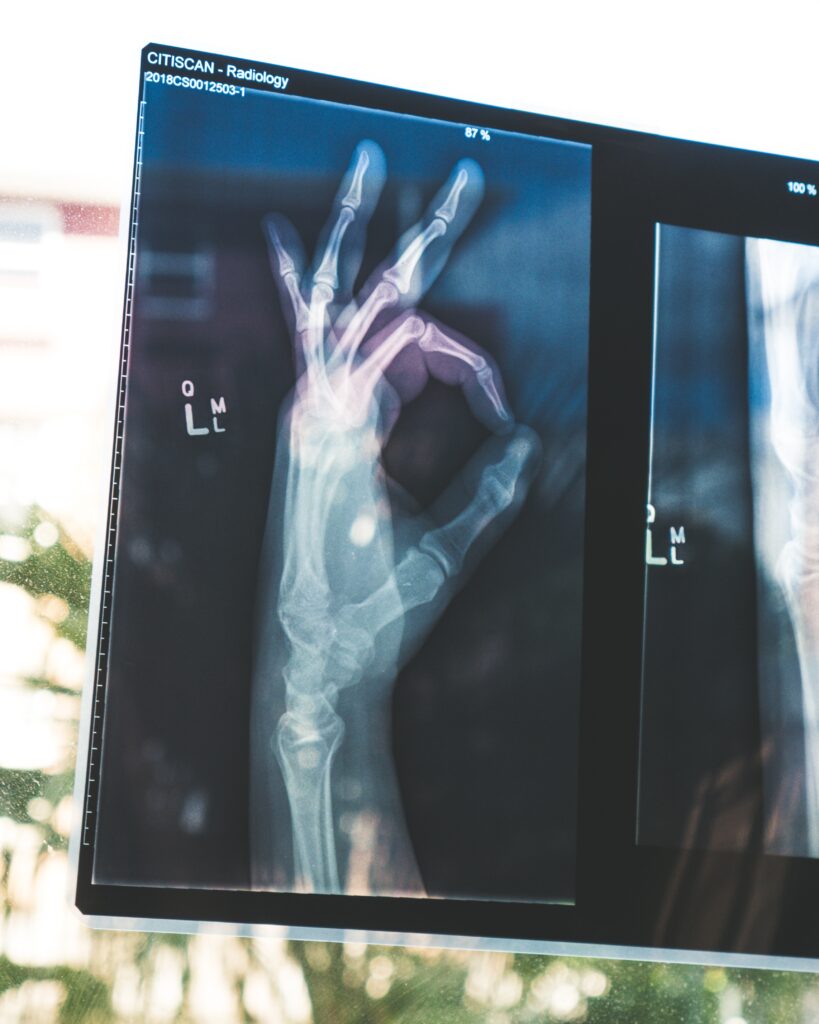
You’d be surprised to learn that just like humans, cats can indeed catch colds and some human illnesses. While cats have their own set of common ailments, they can be susceptible to certain viruses that can be transmitted from humans. This article explores the fascinating topic of whether cats can get colds or catch human illnesses, shedding light on the potential risks and ways to keep our furry friends healthy and happy. So, grab a cuppa, settle in, and let’s uncover the truth about our feline friends and their susceptibility to the sniffles!

Table of Contents
Common Colds in Cats
Viral Infections in Cats
Just like humans, cats are susceptible to various viral infections, including the common cold. These viral infections can cause respiratory symptoms and make your furry friend feel under the weather. It’s important to understand that while humans and cats can both experience cold-like symptoms, the viruses responsible for these illnesses are different.
Similarities to Human Colds
While the viruses that cause colds in cats are distinct from those that affect humans, the symptoms can be quite similar. Cats with a cold may exhibit sneezing, nasal congestion, runny nose, coughing, and a decrease in overall energy. These symptoms can persist for several days or even weeks, and just like when we catch a cold, it’s important to provide our feline companions with adequate care and support during this time.
Symptoms of a Cat Cold
When your cat is suffering from a cold, you may notice them sneezing frequently or having a runny nose. They may also experience congestion, leading to difficulty breathing through the nose. In some cases, cats may develop a cough, accompanied by lethargy and a loss of appetite. It’s important to keep a close eye on your cat’s symptoms and monitor their overall health.
Treatment and Prevention
Treatment for a cat cold typically involves managing the symptoms and providing supportive care. Ensure your cat has a warm and comfortable environment, as well as access to fresh water and a nutritious diet. You can also use a humidifier to alleviate nasal congestion. If the symptoms worsen or persist for an extended period, it’s essential to seek veterinary attention. To prevent the spread of cold viruses, keep your cat’s environment clean and avoid exposing them to other sick animals.
Influenza and Cats
Influenza Viruses and Cats
Influenza viruses, commonly known as the flu, can also affect cats. While the influenza strains that circulate among humans are different from those affecting cats, feline influenza is a concern for pet owners. These viruses can cause severe respiratory symptoms and even lead to more serious complications in certain cases.
Transmission of Influenza to Cats
Cats can contract the flu from other infected cats through respiratory droplets or direct contact. It’s important to note that cats cannot catch the flu from humans, nor can humans catch it from cats. However, it’s crucial to prevent the spread of influenza within the feline population, especially in multi-cat households or shelters.
Symptoms of Influenza in Cats
When a cat is infected with the flu, they may display symptoms such as sneezing, coughing, fever, loss of appetite, and general weakness. In severe cases, cats may also experience pneumonia, which can be life-threatening. If you suspect your cat has influenza, it is essential to consult with a veterinarian to determine the best course of action for their treatment.
Treatment and Prevention
Treatment for feline influenza often involves supportive care, including ensuring your cat stays hydrated, maintaining a warm and comfortable environment, and providing a nutritious diet. In some cases, your veterinarian may prescribe antiviral medications to manage the infection. To prevent the spread of influenza, isolate any infected cats and practice good hygiene, such as frequent handwashing and cleaning of litter boxes and food bowls.

Respiratory Infections
Upper Respiratory Infections
Upper respiratory infections (URIs) in cats are commonly caused by viral or bacterial infections. These infections affect the nose, throat, and sometimes the lungs of our feline companions. Various viruses, including the feline calicivirus and feline herpesvirus, can contribute to the development of URIs.
Feline Calicivirus Infection
Feline calicivirus (FCV) is a highly contagious viral infection that affects cats worldwide. It is one of the leading causes of URIs in cats and can result in symptoms such as sneezing, nasal discharge, mouth ulcers, fever, and joint pain. While most cats recover from FCV with supportive care, in severe cases, it can lead to pneumonia and other complications.
Feline Herpesvirus Infection
Feline herpesvirus (FHV), also known as feline viral rhinotracheitis, is another common cause of respiratory infections in cats. Cats infected with FHV may display symptoms such as sneezing, nasal congestion, runny eyes, fever, and loss of appetite. FHV is a lifelong infection, and the virus can become dormant and reactivate during times of stress or illness.
Pneumonia in Cats
Pneumonia is a severe respiratory condition that can affect cats, often as a complication of viral or bacterial infections. It causes inflammation of the lung tissue and can lead to difficulty breathing, coughing, fever, and lethargy. Prompt veterinary attention is crucial if you suspect your cat has pneumonia, as it can be life-threatening if left untreated.
Treatment and Prevention
Treatment for respiratory infections in cats depends on the specific cause and severity of the infection. Your veterinarian may prescribe antibiotics, antiviral medications, or other supportive care measures to help alleviate symptoms and promote recovery. Preventing respiratory infections involves maintaining good overall health in your cat through regular vaccinations, a balanced diet, and minimizing exposure to sick cats or crowded environments.

Zoonotic Diseases
Understanding Zoonotic Diseases
Zoonotic diseases are those that can be transmitted between animals and humans. While cats can occasionally transmit certain infections to humans, the risk is generally low compared to other animals. It’s essential to take necessary precautions to reduce the risk of zoonotic diseases while enjoying the companionship of our feline friends.
Common Zoonotic Diseases in Cats
Some zoonotic diseases that can be transmitted from cats to humans include toxoplasmosis, cat scratch disease, and ringworm. These infections can cause varying symptoms and may require medical attention. However, it’s important to note that with proper hygiene practices and regular veterinary care, the risk of acquiring zoonotic diseases from cats can be significantly reduced.
Preventing the Spread of Zoonotic Diseases
To minimize the risk of zoonotic diseases, it’s crucial to maintain good hygiene practices when handling cats and their waste. Wash your hands thoroughly after handling your cat, cleaning litter boxes, or coming into contact with potentially contaminated items. Regularly clean your cat’s litter box, bedding, and toys to reduce the spread of potential pathogens. Additionally, keeping your cat indoors and providing regular veterinary care can help prevent the transmission of zoonotic diseases.
In conclusion, while cats can develop cold-like symptoms and respiratory infections, the viruses responsible are specific to felines and cannot be transmitted to humans. Understanding the symptoms, treatment options, and preventive measures for these common infections is essential in providing the best care for our beloved feline companions. Remember, a visit to the veterinarian is always recommended if you have any concerns about your cat’s health or if their symptoms persist or worsen.
